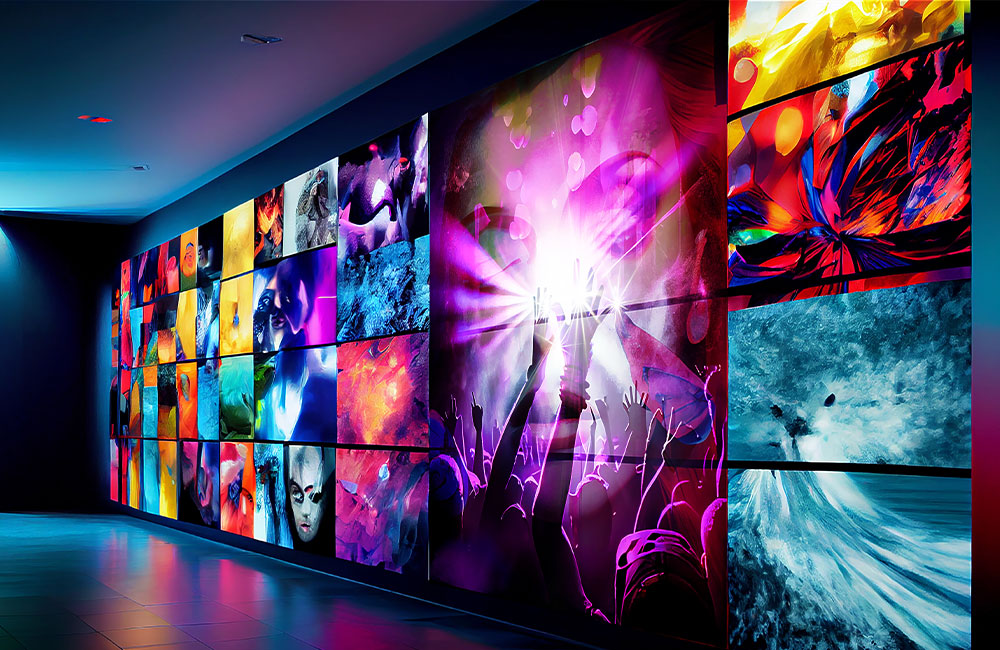Clarifying Light Emitting Diode Wall Surface Luminance Evaluations for Peak Visual Effectiveness
Clarifying Light Emitting Diode Wall Surface Luminance Evaluations for Peak Visual Effectiveness
Blog Article
LED panel screens are increasingly popular in various environments, from homes to businesses and public spaces. These panels tend to be known due to the vivid and dynamic displays, that render them ideal for conveying information, advertisements, and engagement. Nevertheless, comprehending the brightness measurements of LED panel panels is essential for ensuring optimal display efficacy. Illumination is measured using metrics known as candelas, which indicate the amount of luminosity produced by a screen. The greater number of quantity in nits, the brighter the visual is. For instance, instance, one screen boasting 1,000 candelas is significantly brighter than a featuring five hundred candelas, rendering this one better equipped for brightly lit environments.
As you choosing an LED wall panel, one becomes crucial to consider which setting where that the screen will be placed. For brightly lit spaces, such as retail environments or outdoor settings, a higher brightness rate is necessary for guaranteeing clarity. Conversely, in darker environments, such as theaters or conference rooms, lower lower illumination rate might be adequate. This is because excessive bright unnecessary brightness in an dark environment can result in viewer discomfort among viewers, causing them harder to concentrate on a screen. Thus, comprehending specific particular needs for the installation location will aid with selecting a suitable illumination rate to ensure ideal visual experience.
A further important factor to take into account the the differential proportion in an LED wall panel. The ratio ratio indicates how much disparity exists between the brightest most luminous light versus the darkest dark black that the panel is able to produce. An higher differential proportion indicates the display can the display can show more clarity as well as richness, thereby enhances overall image quality. For example, one screen boasting a contrast ratio of 10,000:1 will display images featuring greater brilliant hues as well as sharper details compared to one featuring a ratio of 1,000:1. This is particularly crucial in instances where showing visuals or videos that require greater definition as well as fine details, such as presentations or advertising material.
Additionally, the technology technology behind LED wall screens has an essential part for the brightness and total efficiency. Various kinds of LED technologies, including Organic Light Emitting Diode as well as LCD, have unique traits which impact the way luminosity is experienced. Organic Light Emitting Diode panels often offer superior differential as well as deeper blacks, thereby may improve a visual experience the original source in darker settings. Conversely, traditional Light Emitting Diode panels may prove to be better for bright spaces because of their ability for generate higher levels in brightness. Understanding these tech-related differences can help consumers in making knowledgeable decisions based on specific individual requirements.
In conclusion, regular maintenance as well as calibration of Light Emitting Diode panel panels may assist more info here maintain optimal brightness and performance over time. Dirt and particles may accumulate in a surface, impacting its brightness as well as sharpness of a visual. Periodic cleaning as well as professional adjustment may ensure the panel panel functions at its optimal, providing consistent image clarity. Additionally, certain sophisticated LED panel screens come built-in built-in options which enable users for adjust brightness settings as well as color adjustments based on their preferences. By implementing these measures, operators can guarantee that LED LED wall screens deliver an best display efficiency, regardless of where setting in that they are used.